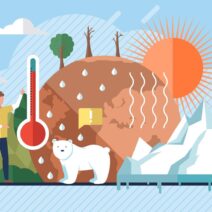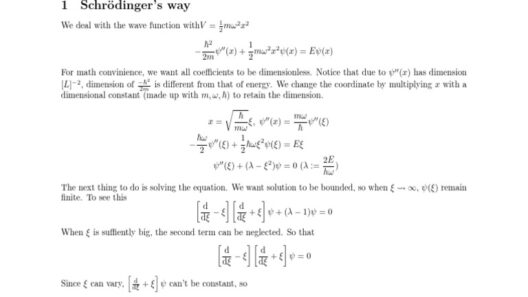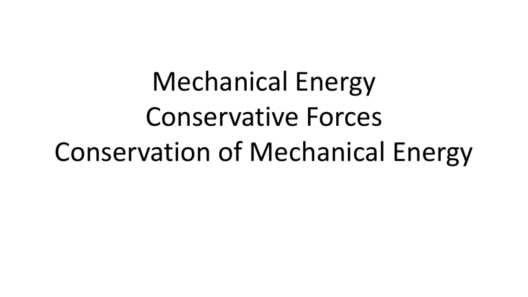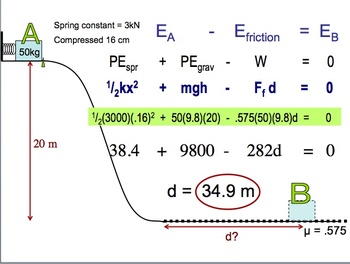In an era where sustainability is paramount, how can we optimize our daily routines to minimize our carbon footprint? This inquiry beckons exploration, particularly regarding the processes we can implement while running errands. Every small action can precipitate significant environmental benefits. So, are you ready to take on the challenge of becoming a more energy-efficient individual? Let’s delve into several practical strategies to accomplish this goal.
Understanding Energy Consumption
Energy conservation is not merely a trend; it is an imperative. From transportation to household practices, our choices influence energy demand. When we embark on errands, unrestrained consumption often ensues. Recognizing how energy is consumed during these trips is the first step toward mitigating waste. Whether you are driving, using public transit, or cycling, understanding the energy requirements of each mode can guide your decisions.
Optimize Your Travel Routes
One of the most transformative practices in conserving energy is optimizing your travel routes. The distance traveled directly correlates with energy expenditure. By mapping out errands efficiently, you can curtail unnecessary driving. Consider using routing apps that provide the quickest or most fuel-efficient paths. This slight adjustment can lead to lower fuel consumption, less time on the road, and reduced greenhouse gas emissions.
Embrace Multi-Tasking
Can we complete multiple errands in one go? Absolutely! By integrating errands into single trips, we can minimize travel frequency. This not only conserves fuel but also reduces the emissions associated with repeated journeys. Planning your errands with a list and allowing for some flexibility can lead to a smoother, more efficient experience. Think about the possibilities—how many errands can you combine into one lovely outing?
Utilize Alternative Transportation
When considering transportation, alternative methods often overshadow the traditional car-centric model. Walking, cycling, or using public transportation not only saves fuel but fosters a deeper connection with your surroundings. Public transport systems are often more energy-efficient and can relieve metropolitan congestion. If distance permits, challenge yourself to cycle to the grocery store instead of driving. It transforms a mundane chore into an invigorating exercise.
Energy-Aware Driving Practices
If driving remains your primary mode of transport, adopting energy-aware driving practices becomes crucial. Reduced speed is one such practice. Fuel efficiency improves significantly at lower speeds. Moreover, accelerating and braking smoothly can also elevate fuel economy. Engaging the cruise control feature on highways can assist in maintaining optimal speed. Every little adjustment accumulates into substantial energy savings.
Maintain Your Vehicle
A well-maintained vehicle is more energy-efficient. Regular checks on tire pressure, oil levels, and engine health can improve fuel economy and reduce environmental impact. Under-inflated tires increase friction, leading to higher fuel consumption. By investing time in car maintenance, one reaps dividends in lowered energy use. Do you think you can commit to a monthly vehicle check-up? It’s worth considering.
Leverage Technology for Efficiency
Modern technology presents novel ways to enhance energy efficiency. Apps that track fuel consumption and provide real-time updates regarding the most efficient routes can be invaluable. Additionally, smart thermostats and energy monitors can be adapted in your home while you prepare for errands, ensuring you are conserving energy even when not on the road. Have you explored the plethora of ecological apps that assist with energy management?
Mindful Shopping Habits
The errands often culminate in shopping excursions. Practicing mindful shopping habits can substantially impact your overall energy efficiency. Opt for bulk purchasing when feasible to minimize packaging waste and reduce the frequency of trips to the store. Moreover, harnessing reusable bags and containers mitigates single-use plastic consumption. Bringing your shopping list and sticking to it curtails impulsive purchases, reinforcing a sustainable lifestyle.
Incorporate Local Resources
Choosing local products not only supports community businesses but also reduces transportation emissions associated with long-distance shipping. By sourcing goods locally, you indirectly advocate for a lower carbon footprint. Can you make an effort to explore farmers’ markets or local shops instead of big box stores? It’s an enriching experience that nurtures local economies while benefitting the environment.
Regular Reflection and Adjustment
Conservation is an ongoing pursuit, one that requires periodic reflection. After implementing these strategies, assess their effectiveness. Were you able to reduce your energy consumption? What obstacles did you encounter? Adjusting your approach according to reflective insights will fortify your commitment to energy conservation. Engaging with others who share similar aspirations can foster accountability and collective effort toward sustainability.
Conclusion
Embracing energy efficiency while running errands might seem daunting initially, but the rewards are manifold. Not only do these practices bolster personal savings, they contribute to a greater cause—combating climate change. Remember, every little effort counts. By transforming perspectives on daily activities, individuals can collectively pivot toward a more sustainable future. So, will you accept the challenge and start making conscious choices today? The world is awaiting your response.







